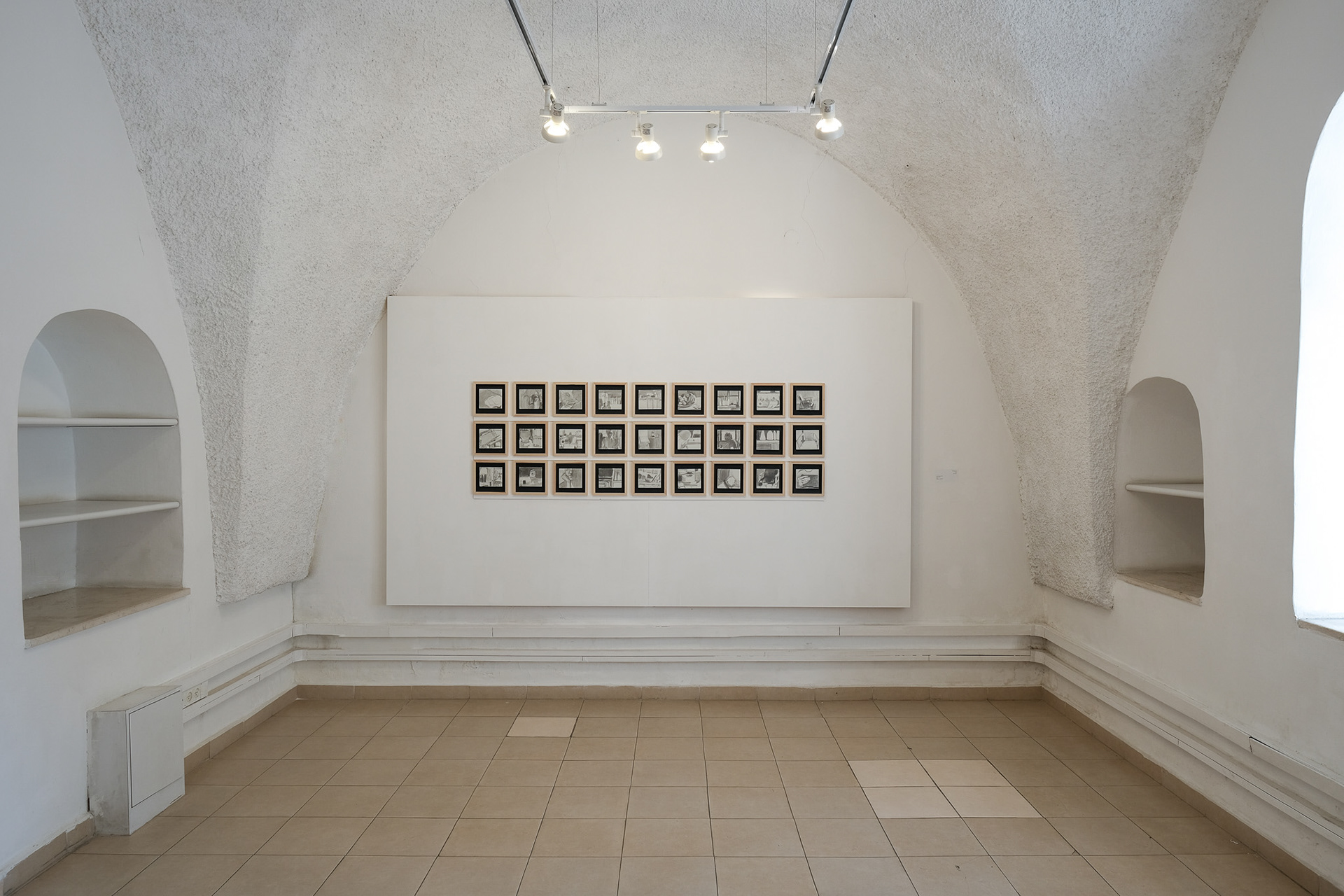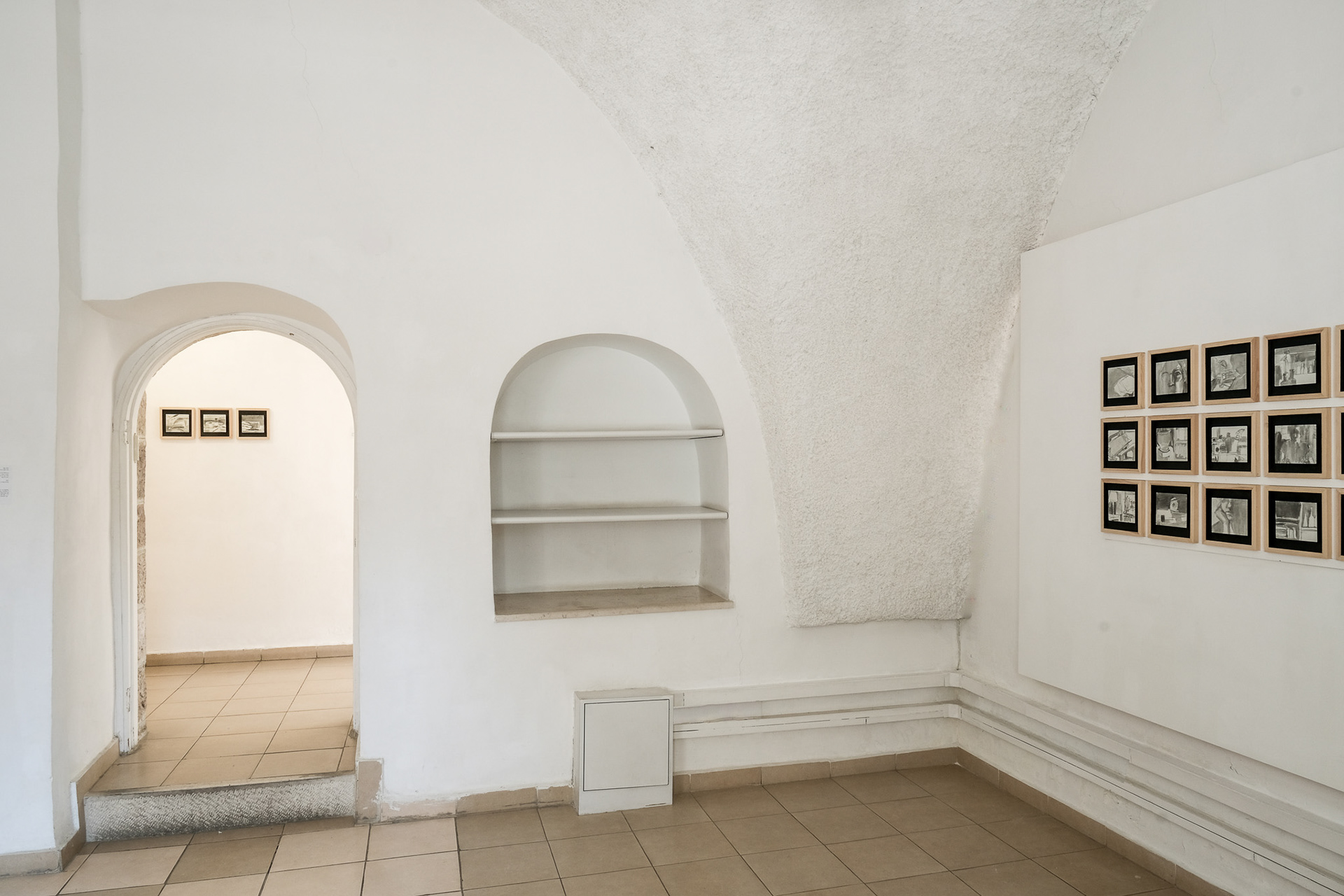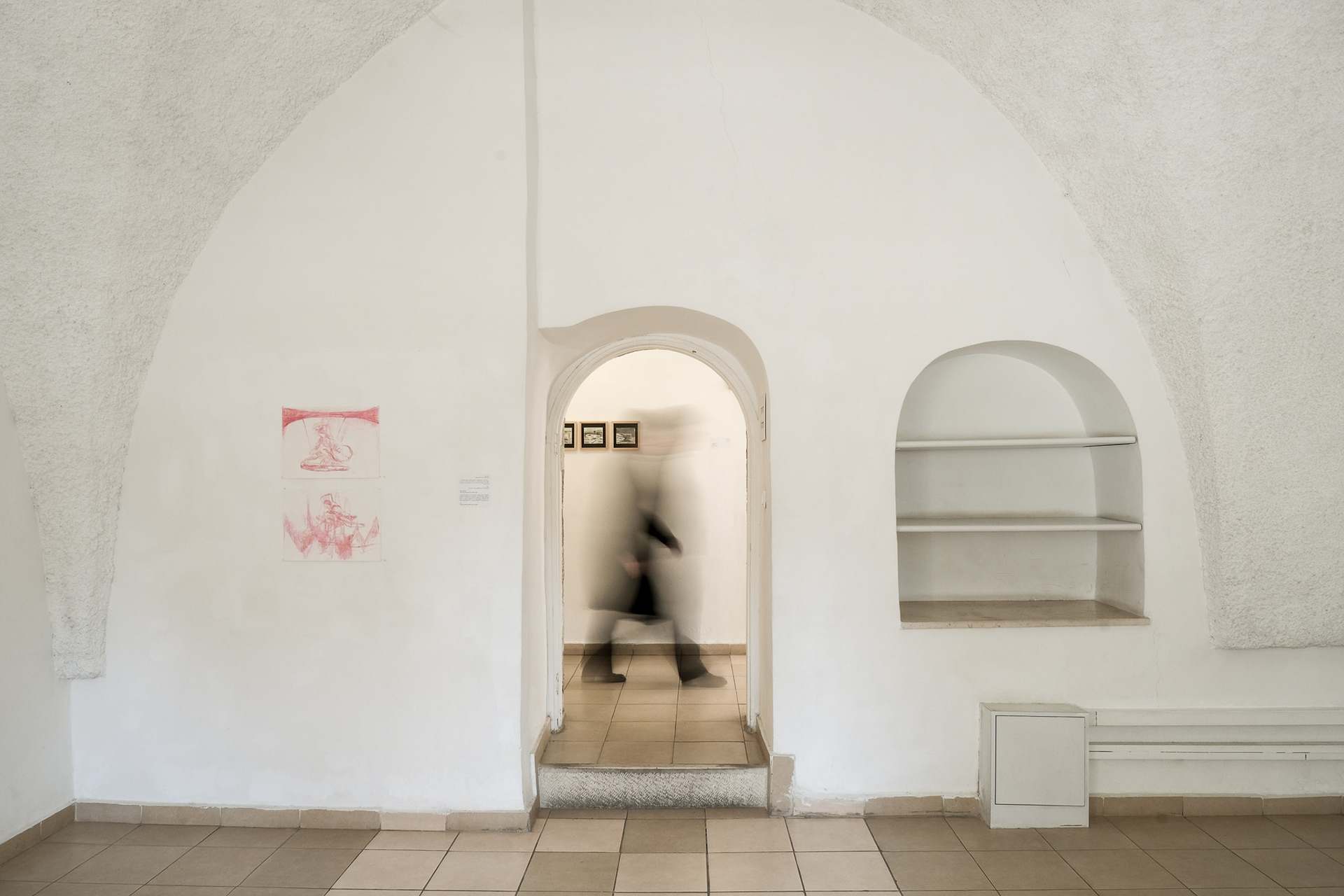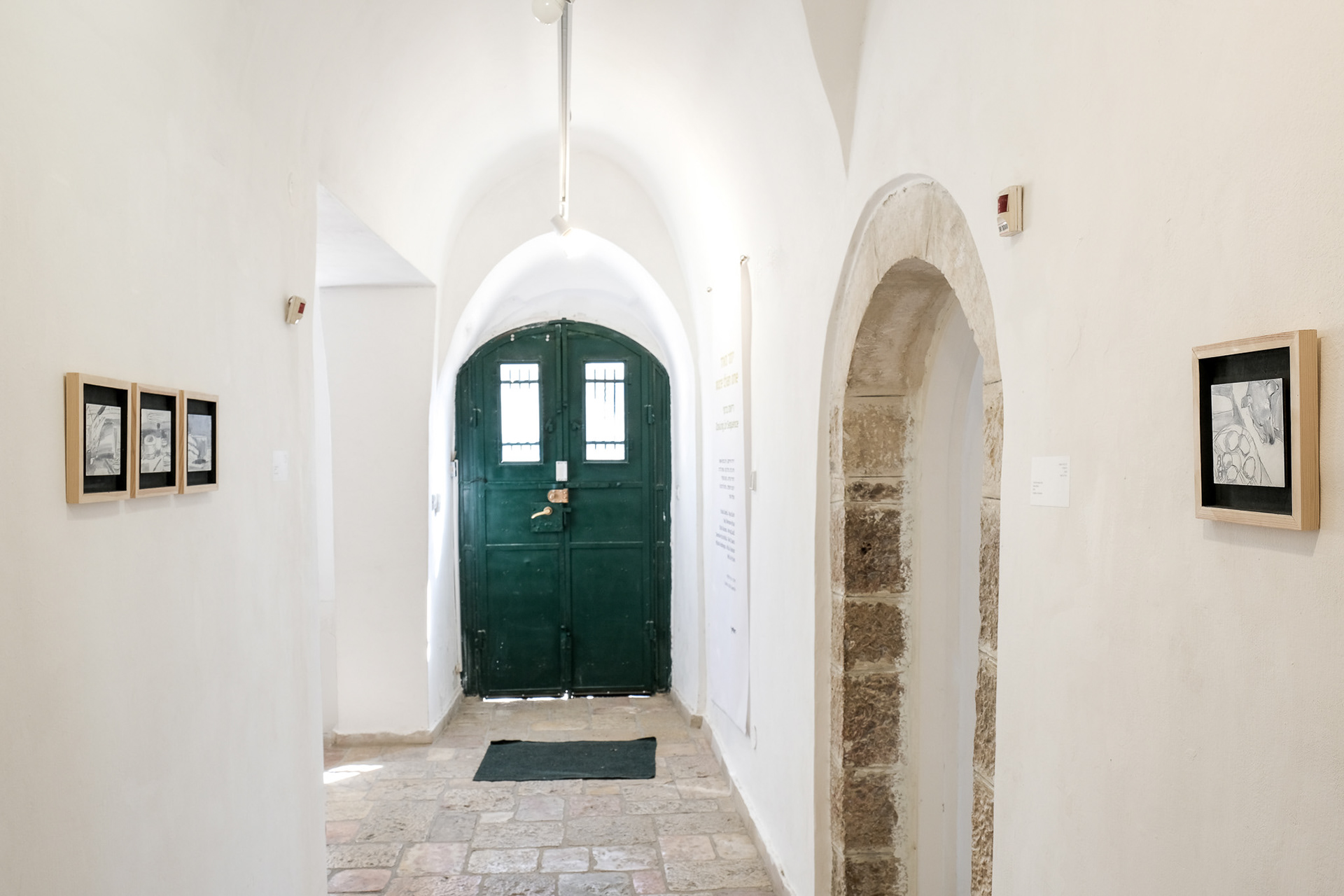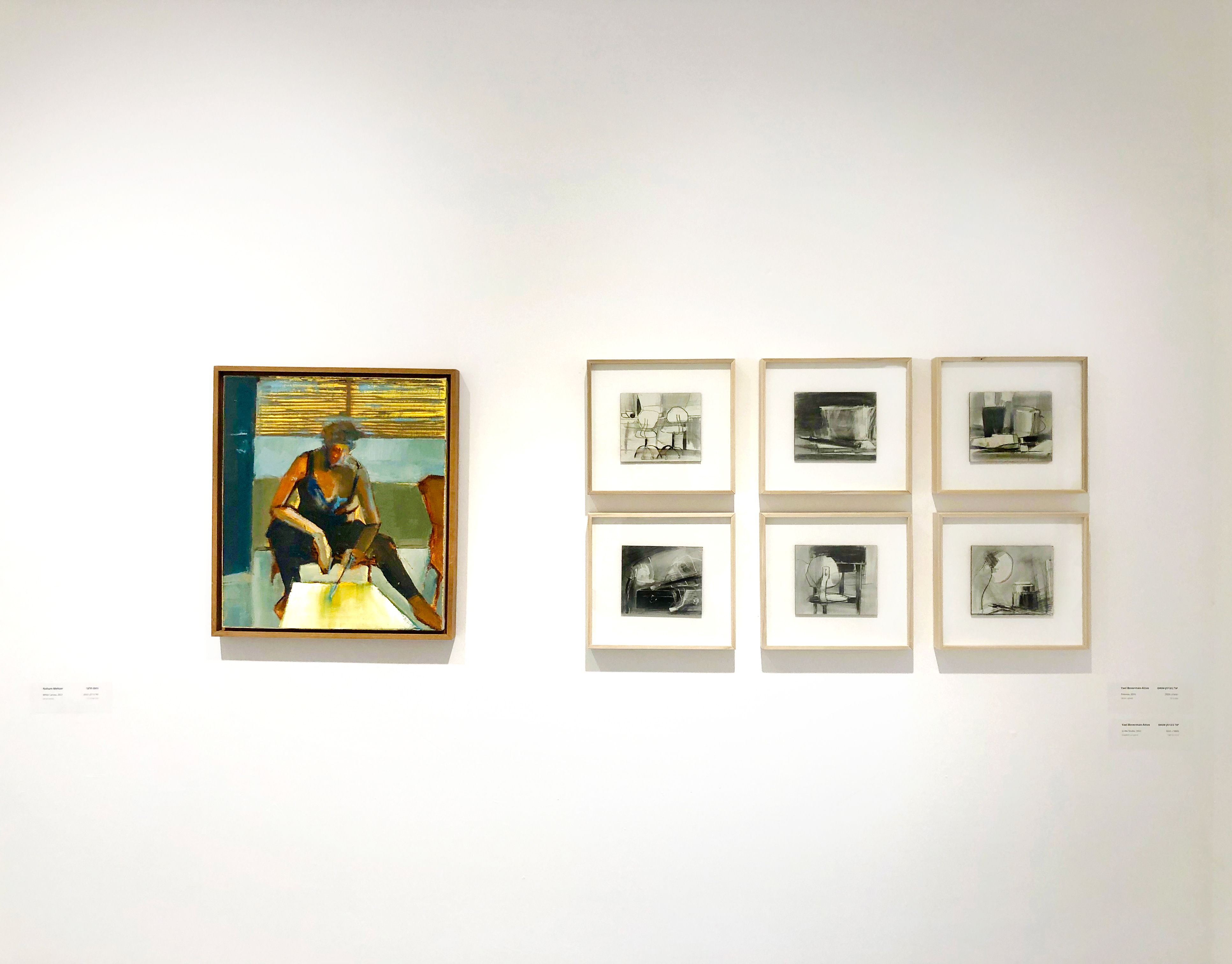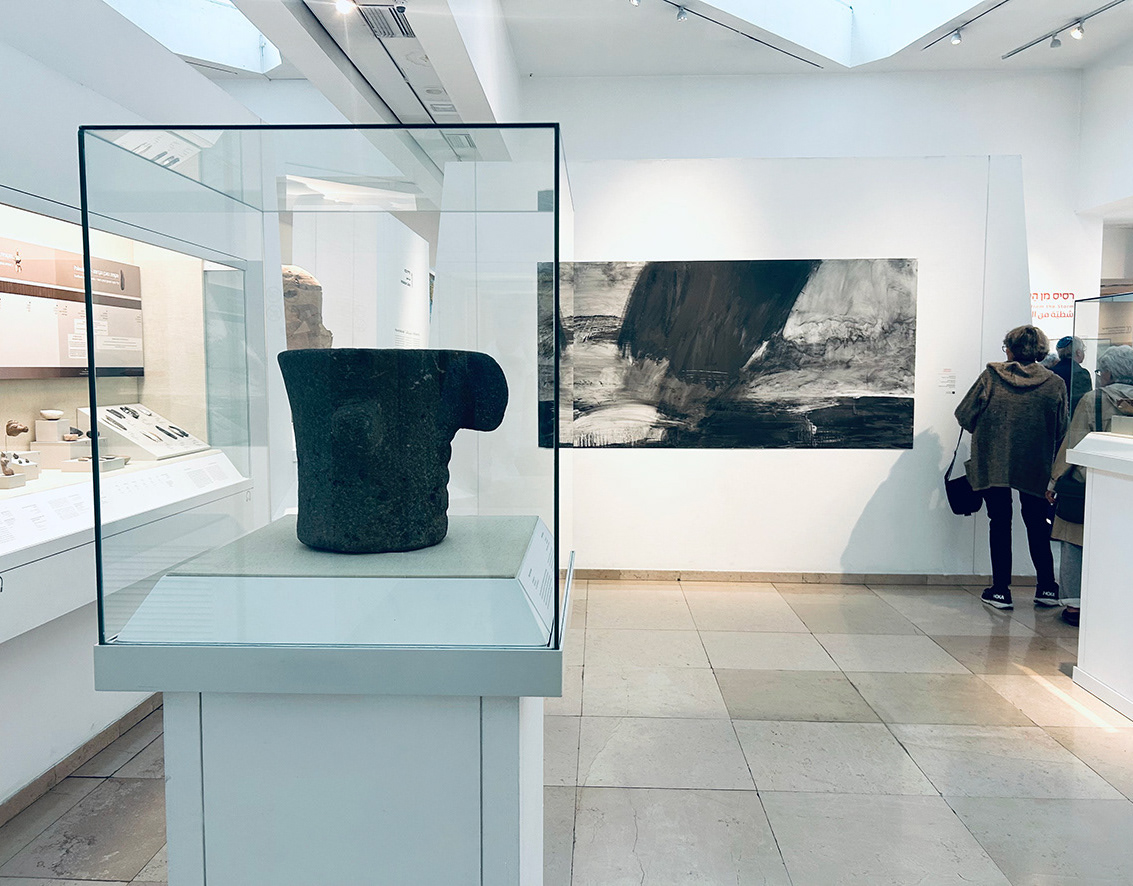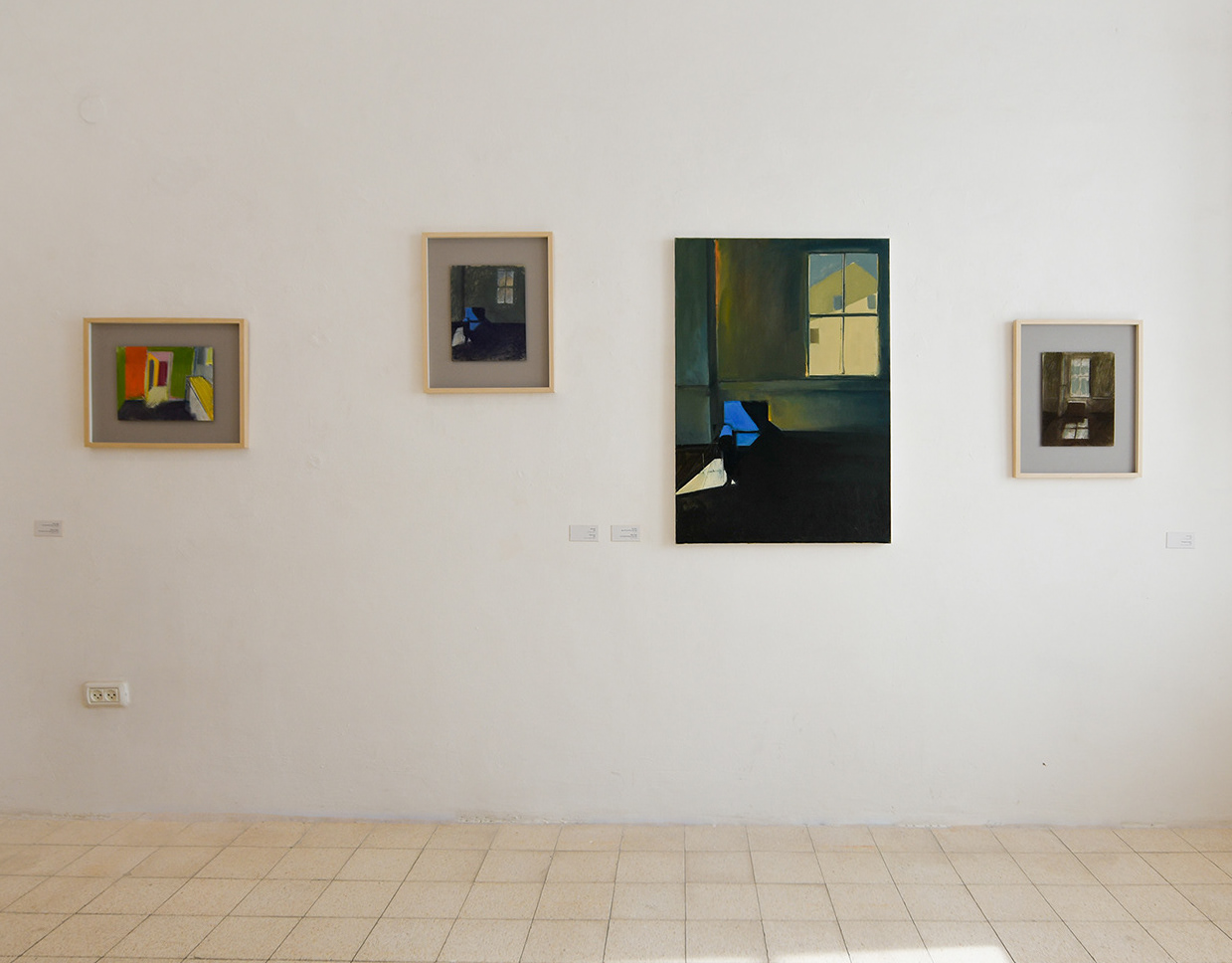Jerusalem Drawing Biennale 2022
8th Jerusalem Drawing Biennale 2022
Curator: Arik Kilemnik
The Jerusalem Print Workshop
Chief Curator, Irith Hadar, Jerusalem Artists’ House
26 November, 2022
Michal Bachi | Maya Bloch | Yael Boverman-Attas | Efrat Galnoor | Noa Hagiladi | Jonathan Hirschfeld | David Isaacs | Michael Rorberger | Atalia Shachar | Ruti de Vries
The works by the ten artists participating in the exhibition "Drawing in Sequence" at the Jerusalem Print Workshop as part of the Eighth Biennale for Drawing were selected on account of their graphic affinity to printmaking. The theme of this year's biennale, "More than One," refers to series or clusters, that produce a sequence of works, through which the artist seeks to explore an idea and develop a theme across multiple drawings. The practice of duplication in printmaking differs from work in series in the medium of drawing. In the printmaking tradition, accurate duplication of the printed work is essential in a numbered sequence, which makes up a series.
Yael Boverman-Attas's installation spans a series of 36 drawings in graphite on small Masonite boards, created from a close, meditative observation of the familiar domestic environment. Experiential and intimate, the works address a given space and a specific time, with emphasis on the spontaneous act of drawing, observing things in fresh light, and renewed attention to that which is near and taken for granted. The subjects of the drawing are random and not intellectually mediated - family members, the dog, objects, self-portraits, furniture, and fruit on the table - like an attempt to surrender to the experience of observation, while focusing on simple occurrences taking place around her, which together convey a slice of life and time. Boverman-Attas drew while sitting in a chair, holding the small pad in one hand, and the drawing tool in the other, diverting only the gaze to reflect the surrounding space and the objects filling it. The drawings articulate the reduction that characterized the period of Corona closures in format, movement, and space.
